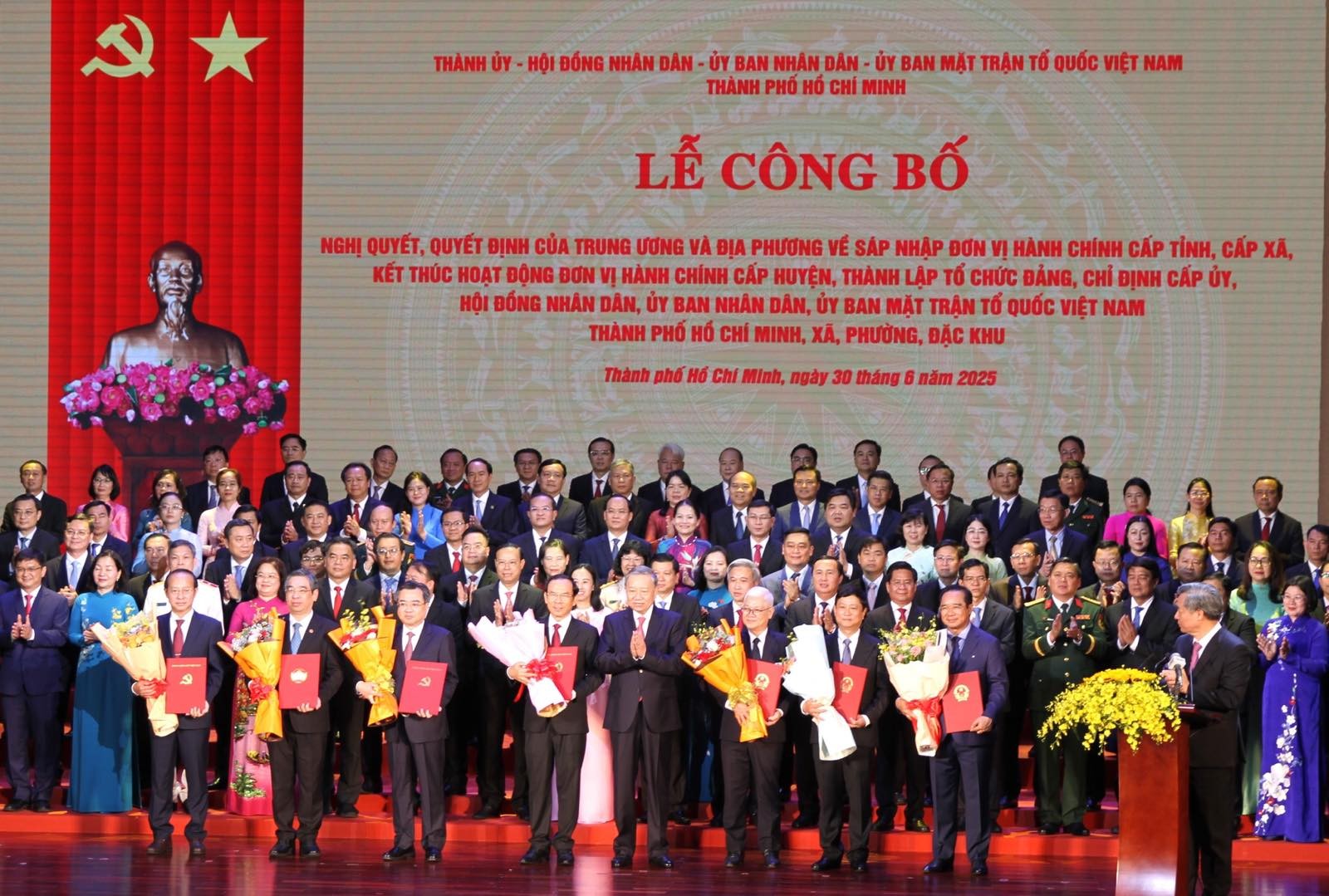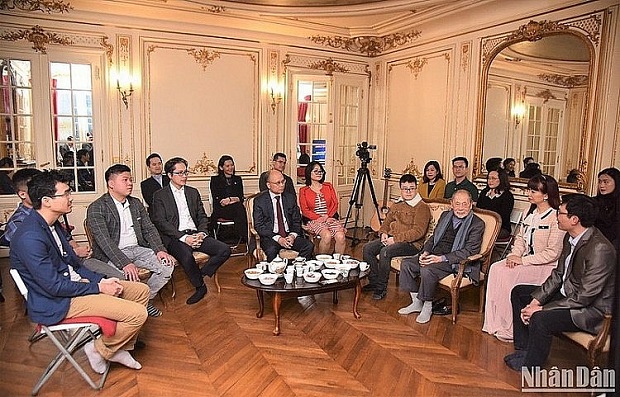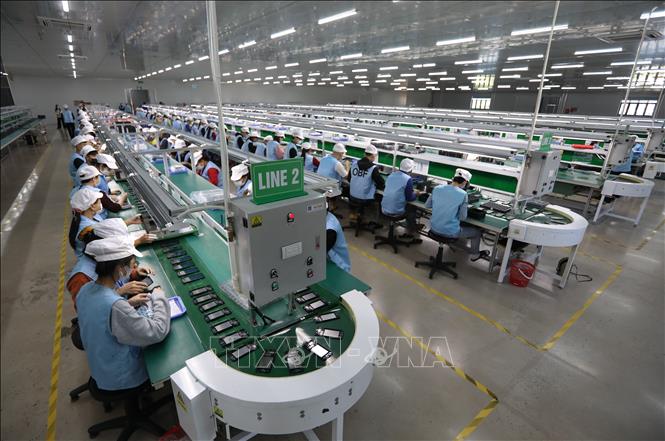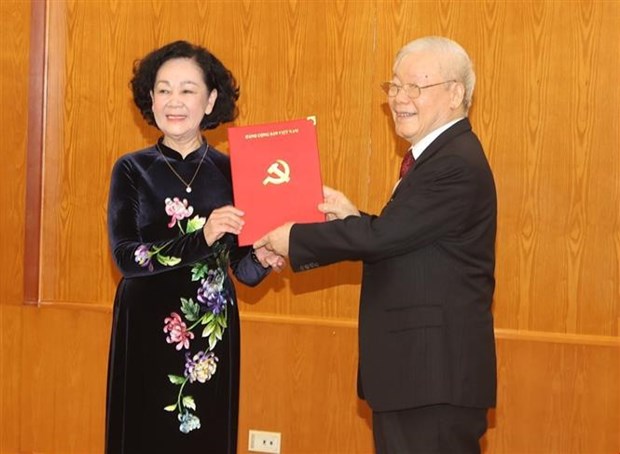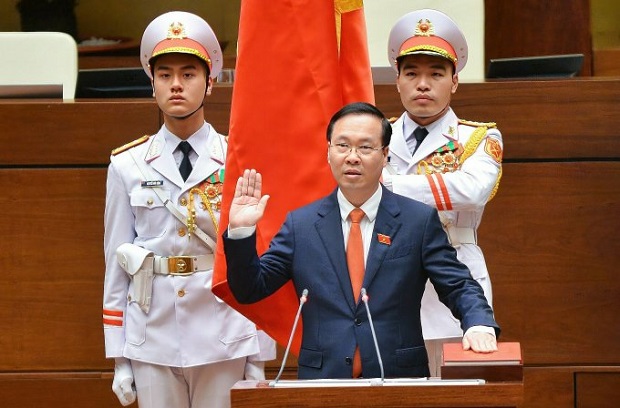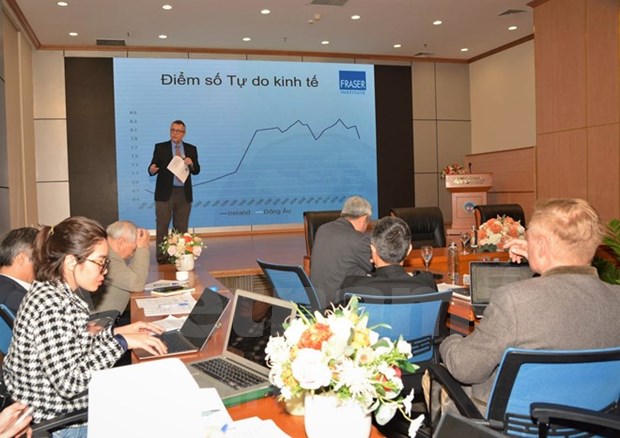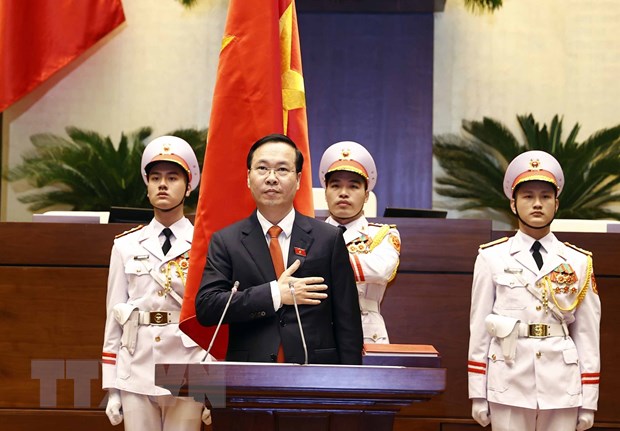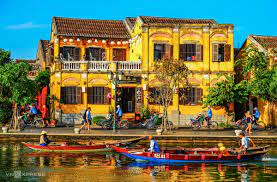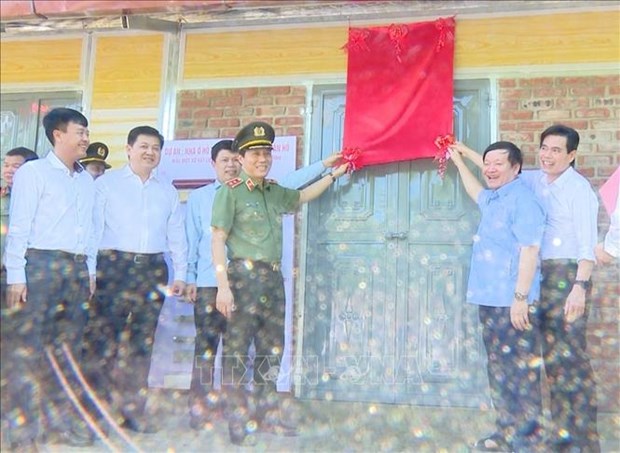In 1954, President Ho Chi Minh visited the Hung Kings Temple in Phu Tho province, where he told local soldiers and officials: “The Hung Kings have merit in building the nation, so we must together safeguard it”. In subsequent years, many songs and literary works were penned by Vietnamese artists, giving international friends an insight into a Vietnamese people with dogged resilience and a passion for peace.
Insiders said this was the inevitable result of the “Outline of Vietnamese Culture”, which was sketched out in 1943 with a view to using cultural resources to build the nation’s strengths.
Drafted by Party General Secretary Truong Chinh before the August Revolution, a time when the country was in a dire situation, the Outline defined three movement principles in culture: nationalisation, popularisation, and scientification. These are still seen as fundamental principles guiding the development of Vietnamese culture.
Under Vietnam’s strategy for cultural development, the cultural industry is envisaged to contribute 7% to national GDP. In that context, the Outline still holds great value.
The three principles outlined in the cultural platform 80 years ago remain pillars shaping the development of Vietnam’s culture today. They have been inherited and nurtured over the years, making culture an intrinsic strength able to trigger passion in developing a prosperous country in the new era./.
Long Phạm / Vietnamplus

